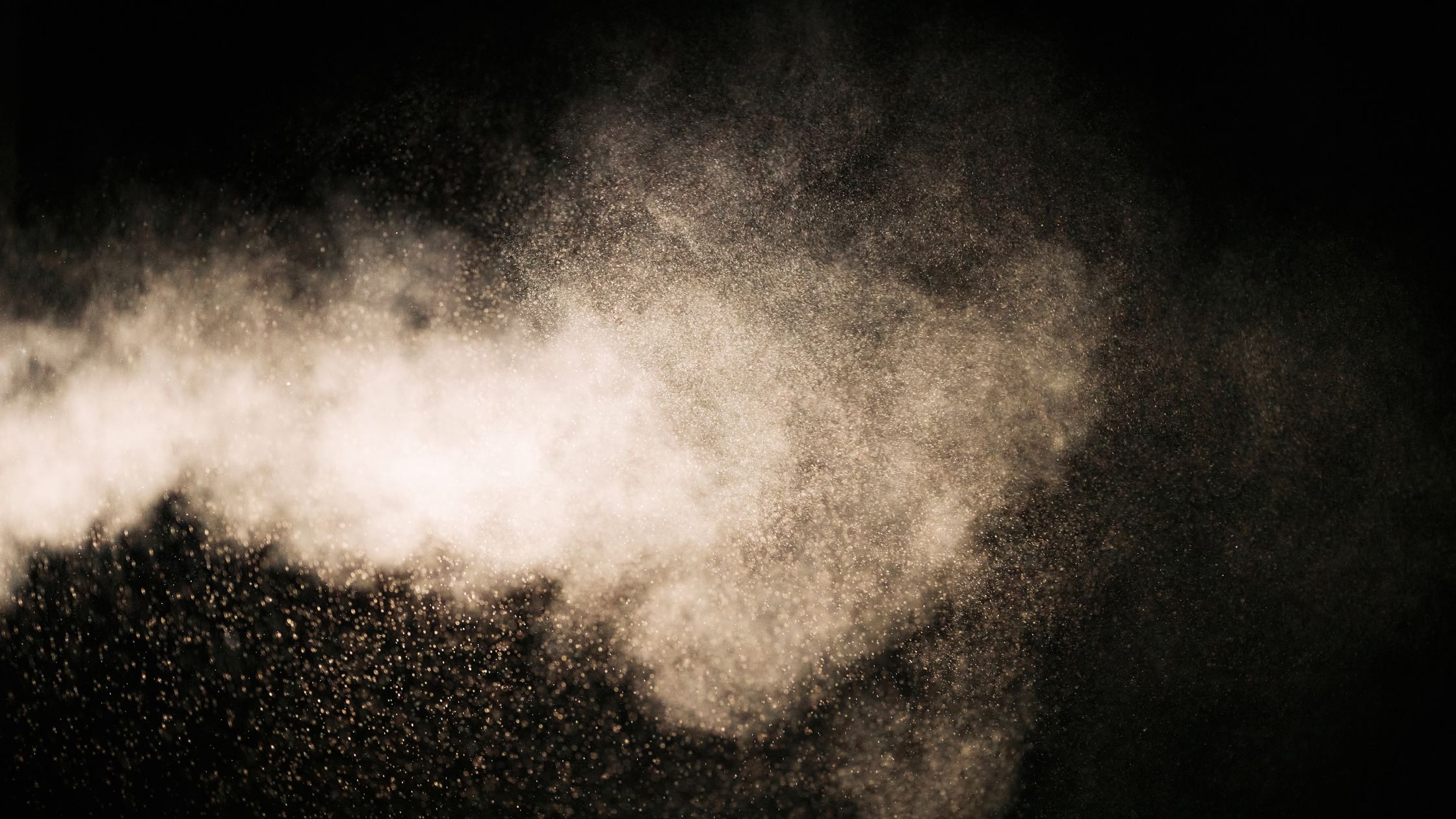
30 Sep Why is it important to learn methods that determine Dustiness?
Powders and granulated solids are commonly used in the pharmaceutical industry. Handling these materials produces airborne dust, which can harm worker health and safety, be a nuisance, and/or result in product loss. This is especially true if the dust contains an active chemical component. Dust is defined as any particulate material finer than 75 μm
Dustiness is defined as a material’s propensity to emit dust during handling operations and is analogous to vapor pressure on the molecular scale. Pulvation is the process by which dust is produced, and it is analogous to evaporation on a molecular scale. A systematic study of powder dustiness and powder factors governing aerosolization and transport of airborne particles would benefit pharmaceutical containment technology. Because of the growing emphasis on health and safety, as well as loss prevention, methods of preventing dustiness are becoming increasingly important in powder handling.
Dustiness studies can be applied in a variety of ways:
- Determination of worker exposure:
When using potent compounds, it is necessary to eliminate worker exposure to these compounds. The pharmaceutical industry’s drugs are becoming increasingly potent. As a result, the problem must be addressed once more, with special emphasis on these newer, more potent compounds.
- Quantification and estimation of product loss:
Product loss resulting from dust emissions can significantly raise the cost of producing and handling expensive drugs in the industry.
- Evaluation of a material’s dustiness and determination of the need for dust control:
There are two types of dust: lung-depositing dust and toxic dust. Toxic dust is a poison that enters the body via the oral, pulmonary, transdermal, or other routes. Prolonged contact with irritants can alter respiratory function. A worker may become sensitized to substances through inhalation, skin contact, or ingestion. Finally, nuisance dust is unpleasant for workers and is frequently associated with increased colds and bronchitis.
- Others:
Evaluation of the efficacy of dust suppression techniques and quality control through the production of materials with reduced dustiness.
Techniques to determine Powder Dustiness:
Many devices have been used to determine the dustiness of bulk powders. Standardization of both the method and the index is required for dustiness index values to be meaningful. Unfortunately, there are numerous dustiness-estimation methods in use today. Attempts to standardize dustiness tests and indices have failed spectacularly.
Because of the pervasiveness of the problem and the lack of a standardized test, many indigenous devices to determine dustiness have been developed. Thus, based on the method of dispersing the powder, instruments have been classified into three broad categories: gravity dispersion (drop tests), mechanical dispersion, and gas dispersion (fluidized beds).
- Gravity Dispersion:
This method allows a large amount of product to fall into an enclosed space, typically a box-shaped chamber, or to be tipped from a container within the chamber. Further classification is possible based on the method used to evaluate the resulting dust.
Mass Determination:
Calculate the mass of the dust generated by using a membrane or glass fiber filter to collect the dust. The dust is typically collected on the filter by a suction pump with a fixed flow rate (Active Sampling). Another option is to sample passively by placing the filter in different locations throughout the chamber and allowing the dust to settle onto the filter.
Light Obscuration:
A light beam is used to measure the amount of dust. Mikula and Parsons’ light source was a helium-neon laser, and the detector was a single photodiode. The intensity of the light was continuously measured as the dust settled after a known amount of coal was dropped into a chamber.
- Mechanical Dispersion:
This method of dispersion is typically used in instruments that include a drum with baffles in which the powder to be tested is placed. The powder is dispersed by rotating the drum, and the airborne particles generated in the drum are carried away by pulling air through the drum. The aerosol is then gravimetrically or with light-scattering devices analyzed.
- Gas Dispersion:
Dust is liberated in this method by the action of a gas passing through the sample. Fluidized bed testers have been used in the past but are no longer widely used in dustiness estimation.
Wrapping up:
Dust of any kind can be a serious issue in a pharmaceutical facility. Cross-contamination of products can occur in the industry if dust levels are not monitored and kept to a minimum level. Product loss as a result of dust emissions can result in significant increases in the cost of producing expensive drugs. Pharmaceutical workers may also be exposed to compounds designed to have extreme pharmacological effects. As a result, studies to determine the dustiness of pharmaceutical powders are required, as are methods to facilitate routine powder evaluations.


Sorry, the comment form is closed at this time.